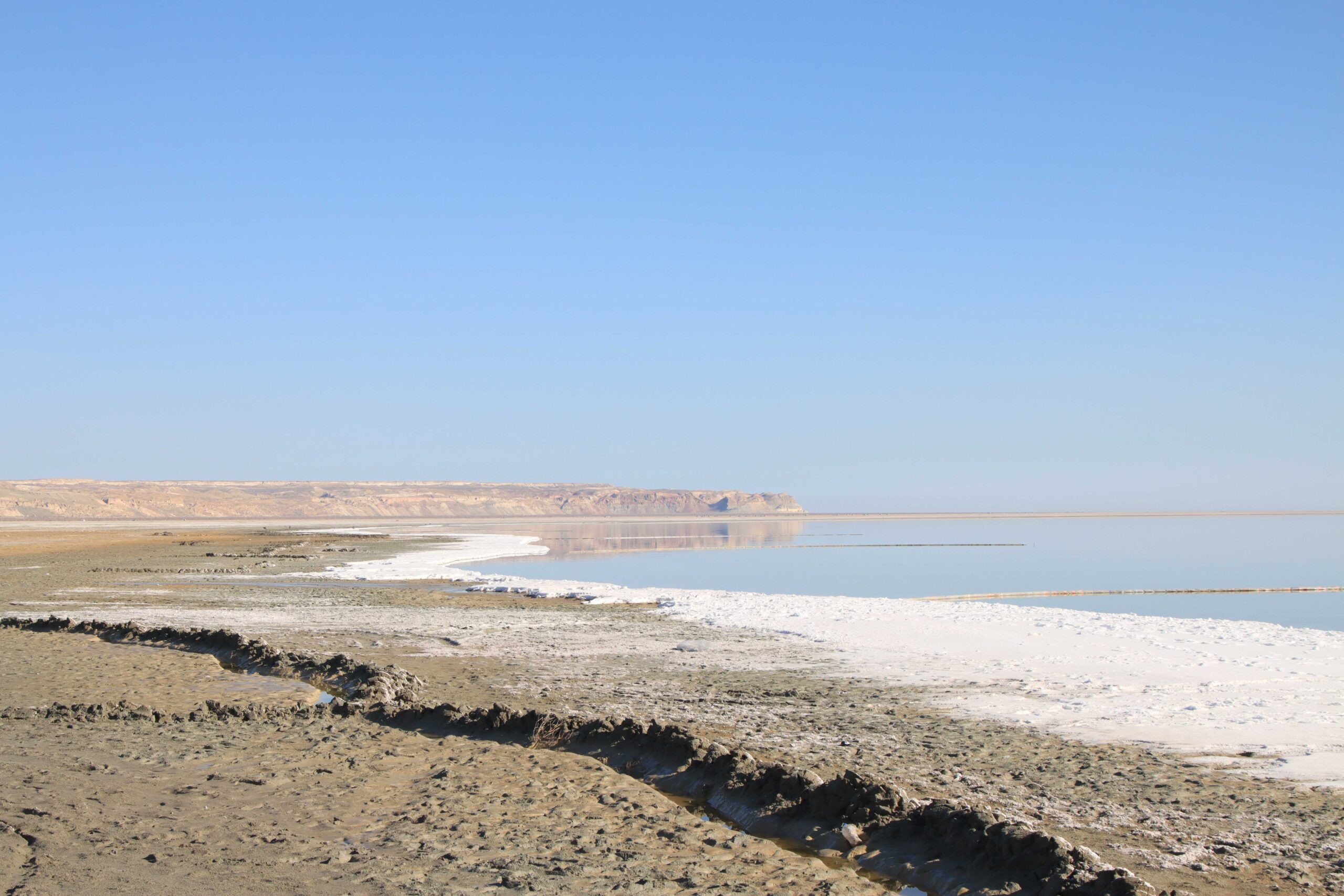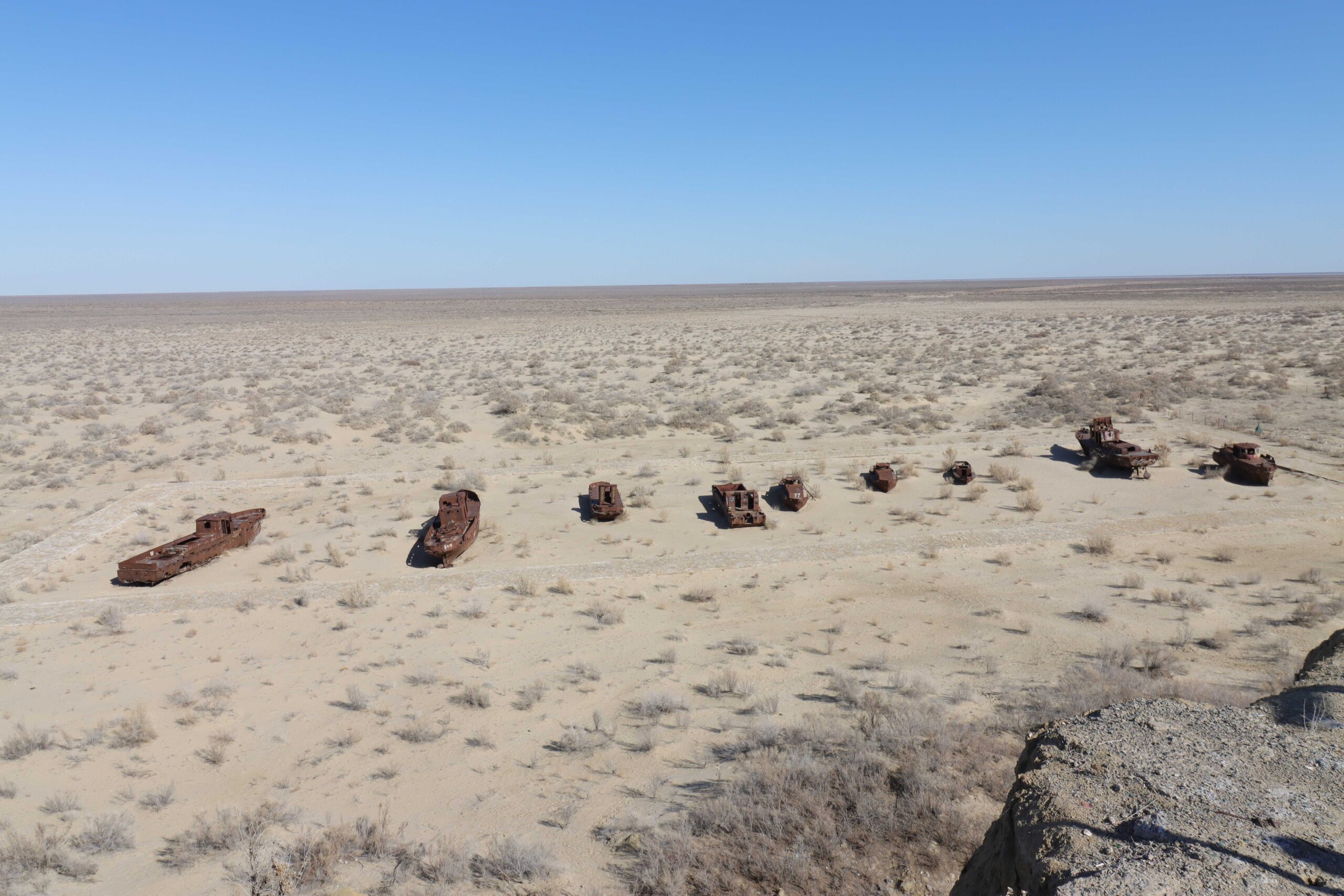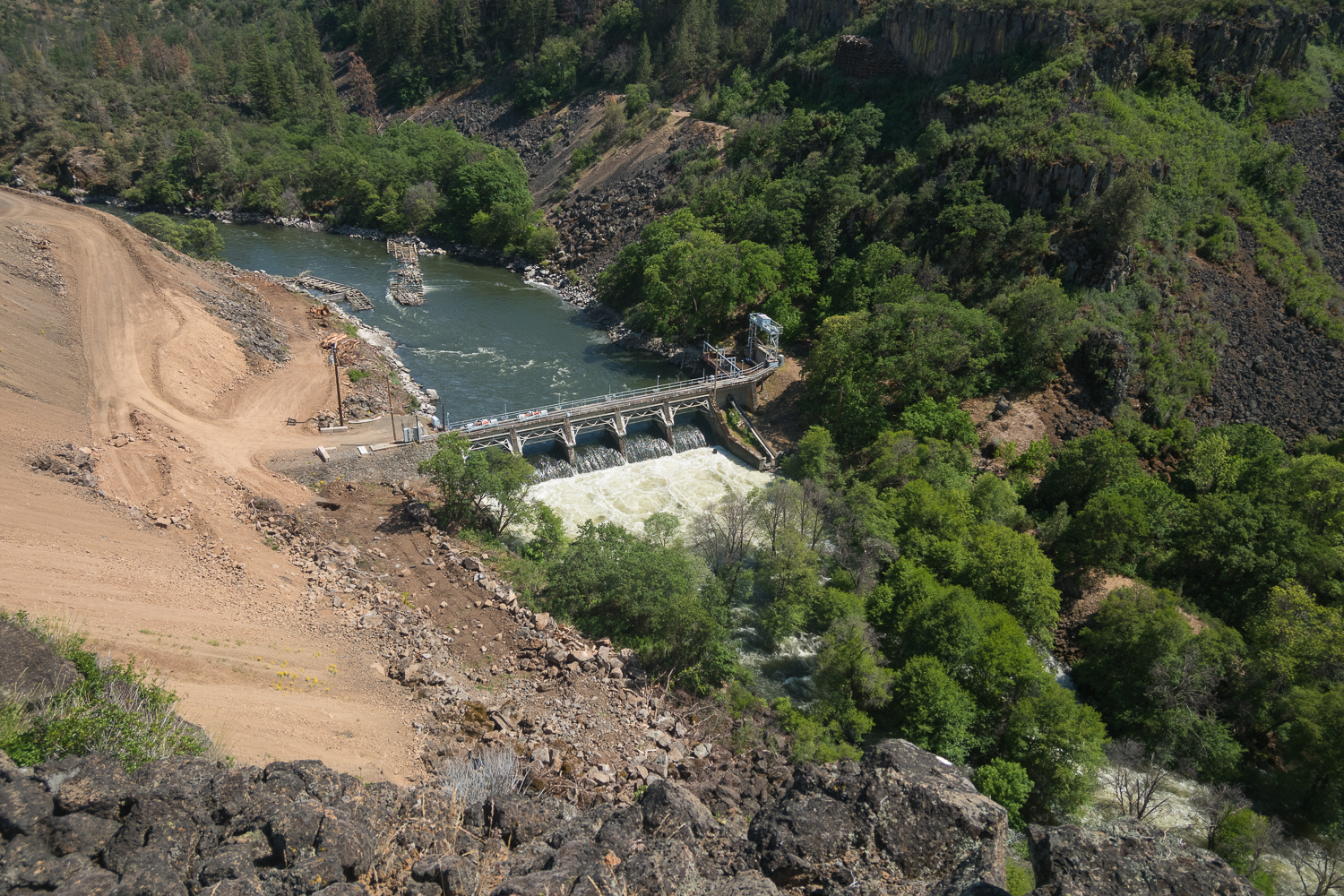1000 metric tons of microplastic fibers that can travel thousands of miles on storm systems are predicted to accumulate in America’s parks and protected areas every year, according to data from a new paper published in Science by biogeochemist Janice Brahney at Utah State University.
This disturbing find might conjure images from a dystopian science fiction film, but surprising as it seems Brahney didn’t set out to study the curious phenomenon of windblown plastics. Instead, according to a story published in Science’s corresponding magazine, she received a grant to study dust and sand grains, how they moved across the nation, and how they carry nutrients to various ecosystems.
Her samples of dust actually turned out to have copious amounts of plastic particles, many of them microplastic fibers from artificial clothing and other textiles.
“Deposition rates averaged 132 plastics per square meter per day, which amounts to >1000 metric tons of plastic deposition to western U.S. protected lands annually,” writes Brahney in her study. 1000 metric tons represents around 300 million plastic water bottles.
Plastic storms
The National Atmospheric Deposition Program uses special research stations to collect dust and other particles blown into territories on the back of large storms, and it was samples from 11 such stations in remote locations including protected lands such as Grand Canyon and Joshua Tree national parks that led Brahney to discover just how much plastic is blowing through the air.
She used her free time to begin identifying the microscopic, brightly-colored plastic detritus she saw under her microscope and found most of them to be plastic microfibers from carpets, clothes, and other artificial textiles. Even smaller than those were tiny plastic spheres – components of paint that may have been released into the atmosphere during spray painting.
“The Rocky Mountain National Park monitoring station was hit with 14-times more plastic dust during a storm which had passed over Denver than storms which arose outside of or missed any major cities.”
Brought primarily by dry high-altitude winds rather than exceptionally moist air of storms, much of the plastic likely came a great distance – from thousands of kilometers away. Brahney used weather modeling to simulate the path of storms backwards 48 hours before they reached the monitoring stations.
She found that storms which passed over major cities deposited more plastic into a given ecosystem. The Rocky Mountain National Park monitoring station was hit with 14-times more plastic dust during a storm which had passed over Denver than storms which arose outside of or missed any major cities.
In addition, patterns of microplastic deposition as well as the evidence of greater deposition rates in sites of higher altitude suggested influence of the jet stream. Brahney concluded that if microplastics are being carried on the jet stream, it may suggest global circulation.
Plastic winds over the Pyrenees
Evidence of jet stream and other atmospheric influence on the uptake and movement of microplastics around the world was demonstrated in a paper published in April 2019 in Nature.
Researchers looked at microplastic deposition on a remote mountain summit in the Pyrenees mountain range in France and Spain. The scientists found that counts of 400 pieces of remnant microplastic per square meter from several different sources passed over the mountain catchment daily including 249 hard plastic fragments, 73 films-like remnants and 44 synthetic fibers.
“An air mass trajectory analysis shows microplastic transport through the atmosphere over a distance of up to 95 km,” reads the study. “We suggest that microplastics can reach and affect remote, sparsely inhabited areas through atmospheric transport”.
Plastic pollution has been found in the deepest ocean trenches and every river system on the planet, but more and more it seems plastic pollution must also be studied and prevented from contaminating our ecosystems via the airways.




